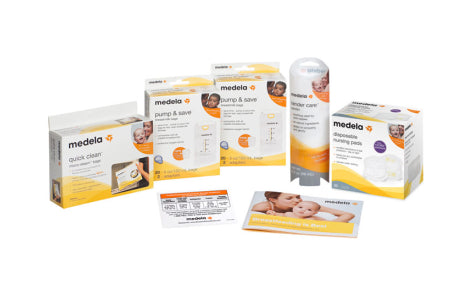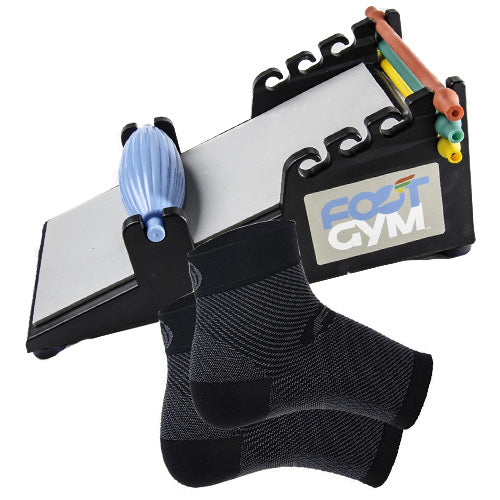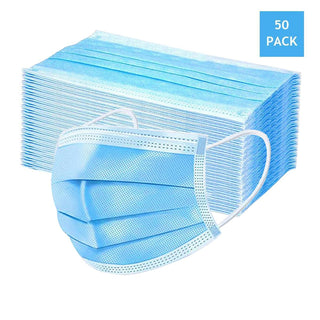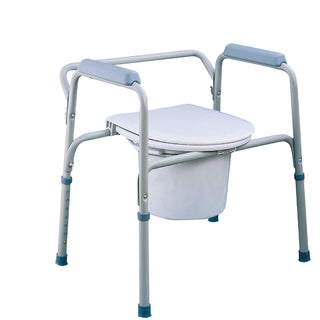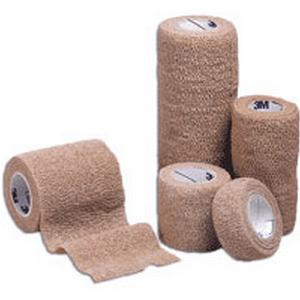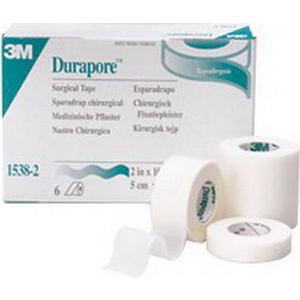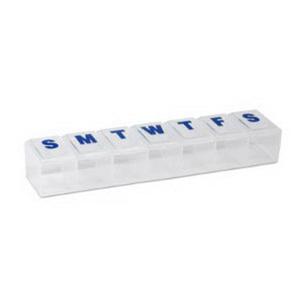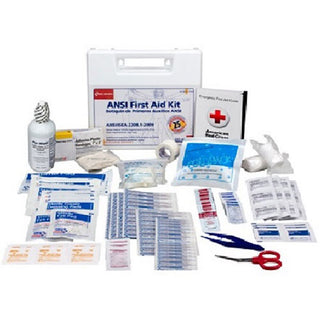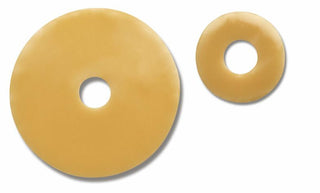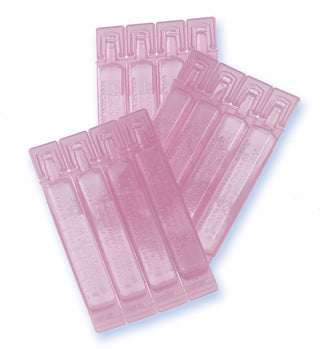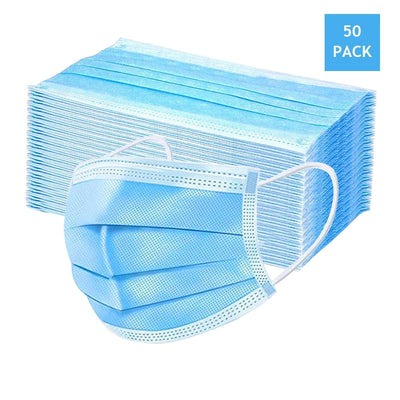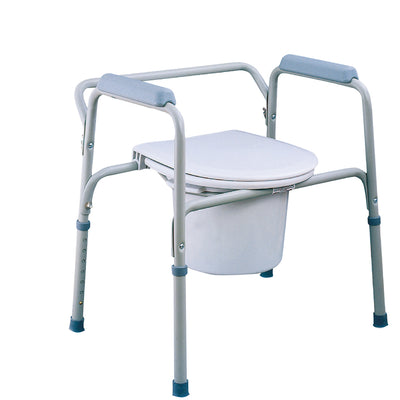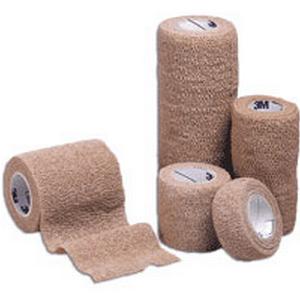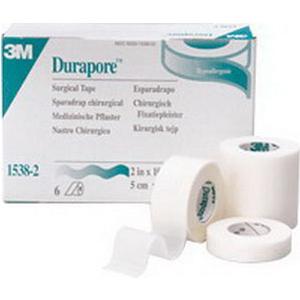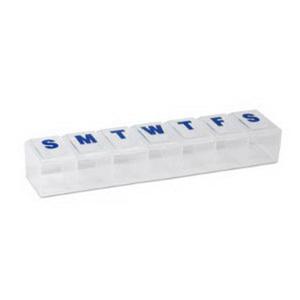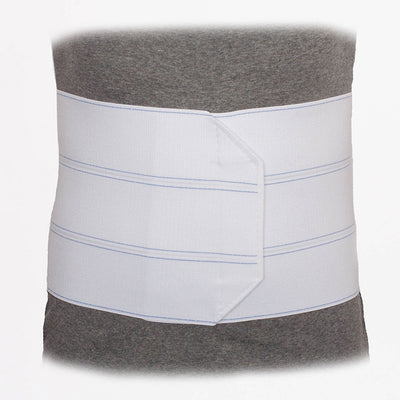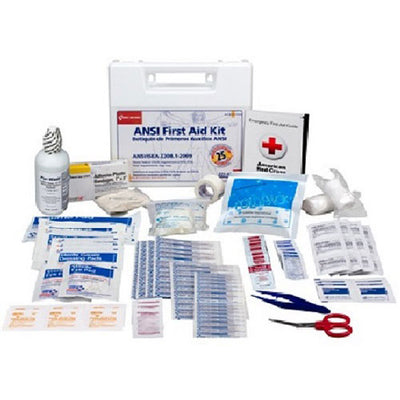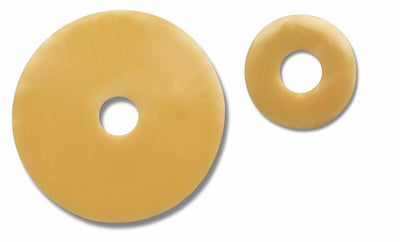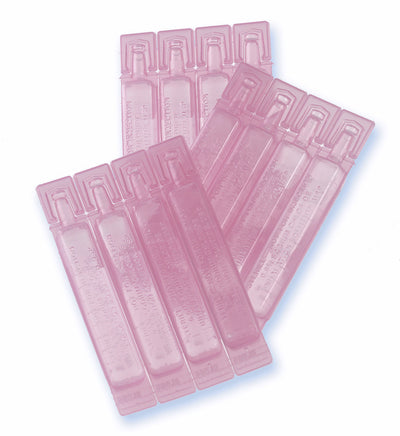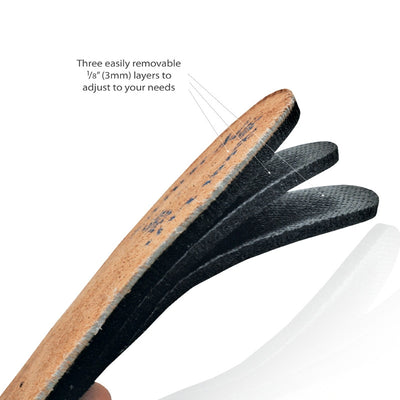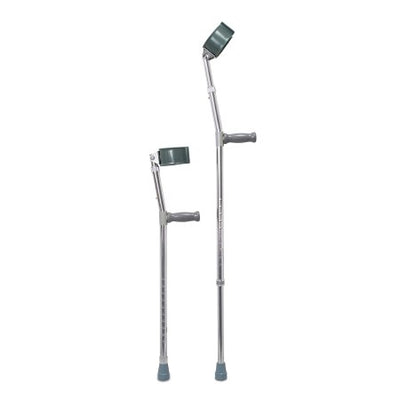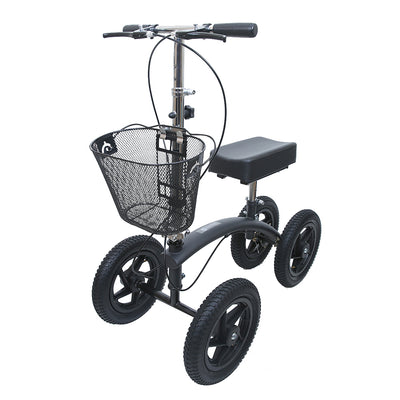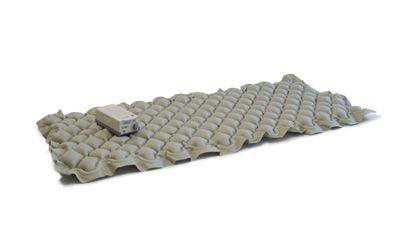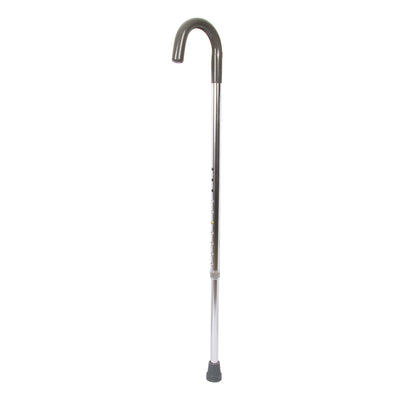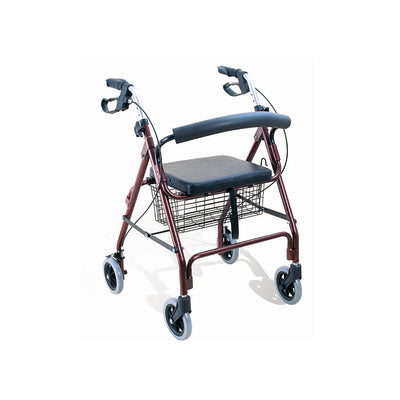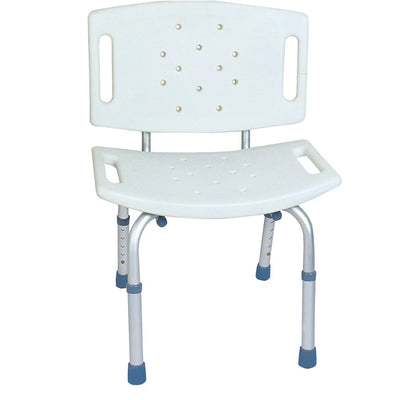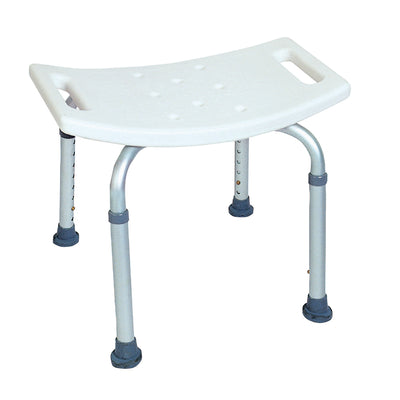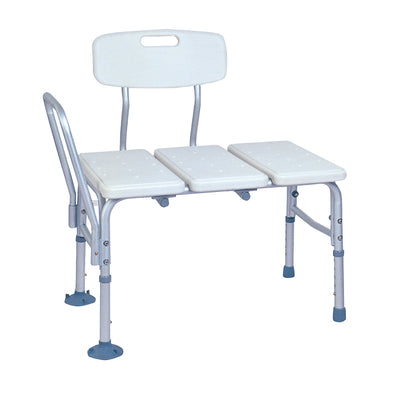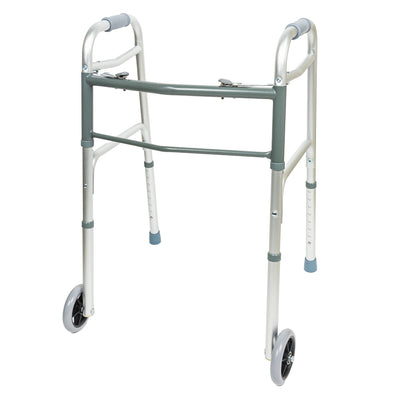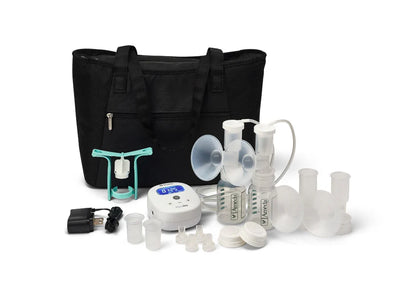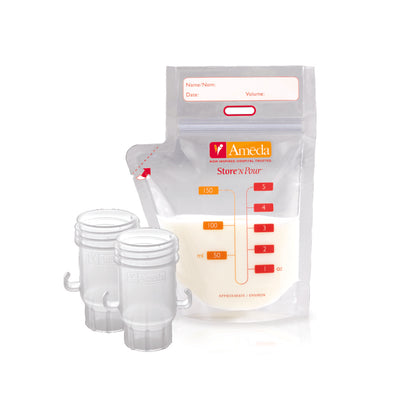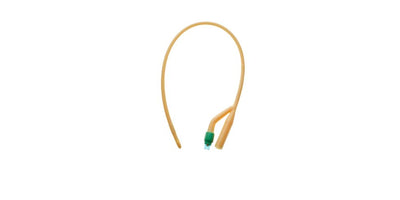Self-catheterization can seem intimidating and isolating. You may feel like you're alone in having to use one to help you urinate, but you aren't. In fact, one-third of people between the ages of 30 and 70 have urinary issues that require them to use a catheter. By 80 years old, approximately 90% of men have some issues with urinary retention.
Using a catheter to empty your bladder is similar to riding a bike: once you get the hang of it, it's fairly simple. But, you must ensure you keep your hands and catheter clean to avoid contamination and a urinary tract infection.
Read on for some of the do's and don'ts of catheter use.
Self-Catheterization for Both Sexes
Self-catheterization is slightly different depending on your anatomy, but the rules of cleanliness still apply. Inserting your catheter without proper hygiene can lead to painful infections, so it is imperative that you keep your hands and the catheter clean.
For Self Catheterization instructions for the specific sexes, click the corresponding link below and download the full instructions for free:
-Self Catheterization Instruction for Women
-Self Catheterization Instructions for Men
The To Dos of Self-Catheterization
Before you catheterize, gather and inspect your supplies. This will typically include a new catheter, a pack of lubricant, and gloves. Unless you are using a hydrophilic catheter or a closed system catheter, then you will just have your catheter and gloves. Additionally, other insertion supplies can be gathered which can include an underpad, towelette, BZK wipes and/or disinfectant sterile swabsticks, and a collection bag or container. Inspect your supplies to ensure nothing is opened or damaged.
If you're new to self-catheterization, you may wish to take two or three catheters in with you. This way, if you mess up and insert it incorrectly, you won't have to set up again. You will, however, need to wash your hands again.
Proper Hygiene. Before you begin catheterizing, you must wash your hands and/or put on gloves. Then to reduce infection, you must clean your urethral opening with warm, antibacterial soapy water or with the disinfectant wipe or swab. For women, wipe from front to back. For men, wipe in a circular motion on the tip of the penis.
After you finish catheterizing you will want to wash your hands again.
Only catheterize in a clean or sterile environment. Insertion supplies or a closed system catheter can help make this easier and will help reduce infections. This also means that you do not touch the catheter tube throughout the entire process.
Keep Hydrated. Its important to drink plenty of fluids throughout the day. This will reduce your chances of infections, such as a UTI, will help keep your kidneys and bladder healthy, and could help improve incontinence.
Make sure your cathing correctly with the correct supplies. There are many different types of catheters out there that fit different needs. For instance, a coude tip catheter is used by men to navigate around an enlarged prostate or strictures. There are also Hydrophilic catheters and closed system catheter kits that can reduce the risk of infection and make cathing easier. If you would like to try these, call in to (800) 503-7604 and we will be happy to help.
The Not To Dos of Self-Catheterization
Never Reuse a Catheter. Reusing catheters is one of the fastest ways to get an infection. In fact, several years ago the industry standard changed to favor single use catheters because they were shown to reduce UTIs and reduce costs for insurance companies. Now a days, most insurance companies will cover up to 200 single use catheters every month.
Dont touch the catheter. When preparing and inserting a catheter never touch the tube, this can cause contamination and increase risk for infection. Some intermittent catheters feature an insertion sleeve that slides along the catheter, giving you greater control and still allowing for a touchless insertion. Another option to make this easier is using a closed system catheter, where the entire catheter is encased in the collection bag.
Dont force the catheter in. Insert the catheter slowly into your urethra, you may feel some resistance but you should be able to easily get past this with a deep breath and slow steady pressure. However, if you cannot insert it further, feel strong resistance, feel pain, or feel like it might not be going right, take it out and start over with a new catheter.
Dont forget. Dont forget to bring your necessary supplies with you wherever you go. You never know when you might have to flow.
Dont Worry. It can be intimidating when you find out you must self catheterize, but once you learn how to do it properly and get some practice, you’ll master it!
The Basics of Self-Catheterization
Self-catheterization is not difficult but may take several tries to get the hang of it. You will likely have a doctor teach you how to do the catheterization, and then you'll practice in the office before you go off and do it by yourself. You’ll get it in no time!
No matter the reason for using a catheter, the most important part of the process is cleanliness.
For a wide selection of catheters at a reasonable price, free insurance billing, free shipping, free catheter samples, a free catheter consultation, and industry leading customer care Contact Us Today and see why we are a preferred provider of urological supplies.










